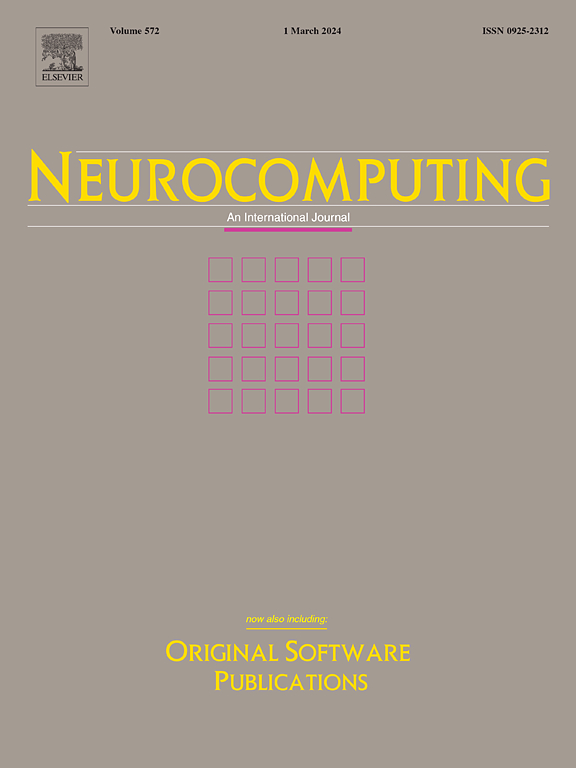小波变换:用于参数有效微调的离散小波变换
IF 5.5
2区 计算机科学
Q1 COMPUTER SCIENCE, ARTIFICIAL INTELLIGENCE
引用次数: 0
摘要
最近,低秩自适应(Low-rank adaptation, LoRA)由于能够大幅减少可训练参数的数量并避免额外的推理成本,在微调基础模型方面取得了显著的普及。这种减少是通过引入低秩矩阵A和B来表示权重更新来实现的,定义为ΔW=AB。尽管如此,LoRA和完全微调(FT)之间的精度差距经常存在。此外,LoRA还会遇到存储方面的困难,特别是在涉及广泛的定制调整或更大的基本模型时。在这项工作中,我们的目标是类似于FT的学习能力,并通过利用小波变换(WT)的鲁棒性进一步减少可训练参数。我们提出了一种新的方法,称为小波ft,它将ΔW视为空间域内的矩阵,并专注于只学习其系数的一小部分。通过使用训练好的谱系数,我们利用逆离散小波变换来重建ΔW。实验结果表明,在自然语言理解、自然语言生成、指令调优、图像分类和文本到图像生成等多种任务中,所提出的小波变换方法在参数较少的情况下具有与LoRA相当或更好的性能。本文章由计算机程序翻译,如有差异,请以英文原文为准。
WaveletFT: Discrete wavelet transform for parameter-efficient fine-tuning
Recently, Low-rank adaptation (LoRA) has achieved significant popularity for fine-tuning foundational models owing to its ability to substantially reduce the number of trainable parameters and avoid additional inference costs. This reduction is achieved by introducing low-rank matrices A and B to represent weight update,defined as . Nonetheless, the accuracy gap frequently remains between LoRA and full fine-tuning (FT). Additionally, LoRA encounters difficulties concerning storage, particularly when extensive customization adaptations or larger base models are involved. In this work, we aim to resemble the learning capacity of FT and further reduce trainable parameters by leveraging the robust expressiveness of the wavelet transform (WT). We present a novel approach, named WaveletFT, which treats as a matrix within the spatial domain and focuses on learning only a small subset of its coefficients. By employing the trained spectral coefficients, we utilize the inverse discrete WT to reconstruct . Experimental results demonstrate that the proposed WaveletFT method offers comparable or superior performance with fewer parameters compared to LoRA across diverse tasks, such as natural language understanding, natural language generation, instruction tuning, image classification and text-to-image generation.
求助全文
通过发布文献求助,成功后即可免费获取论文全文。
去求助
来源期刊

Neurocomputing
工程技术-计算机:人工智能
CiteScore
13.10
自引率
10.00%
发文量
1382
审稿时长
70 days
期刊介绍:
Neurocomputing publishes articles describing recent fundamental contributions in the field of neurocomputing. Neurocomputing theory, practice and applications are the essential topics being covered.
 求助内容:
求助内容: 应助结果提醒方式:
应助结果提醒方式:


